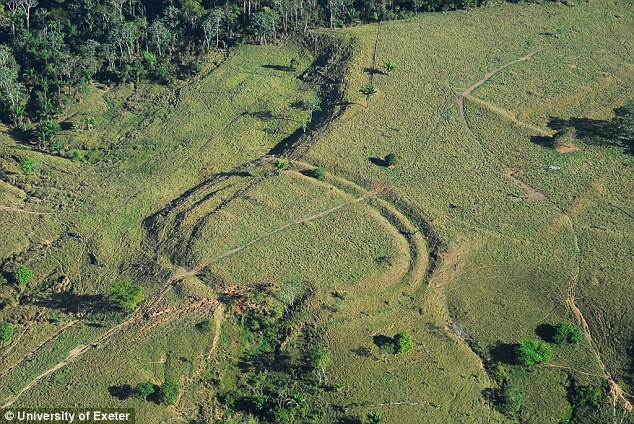An unusual concept of bridge of
concrete and steel that floats may seem highly uncommon, if not impossible, but
there’re 20 such bridges around the world, 5 in the U.S. state of Washington
alone, of which 4 are the longest floating bridges in the world. Floating
bridges, also recognized as pontoon bridges, are generally temporary structures
built out of wood during times of emergencies such as war. Wooden floats and
sometimes boats are lashed together and flat planks are laid over creating a
roadway, letting men and materials to cross bodies of water. Although Pontoon
bridges have been used to great benefit in numerous battles throughout history,
including the 2nd World War and during the Iran–Iraq War. Therefore, the longest
enduring floating bridge, Evergreen Point, usually called the SR 520 Bridge,
lies across Lake Washington, in Seattle. In fact it carries the traffic of
State Route 520 and is 4,750 meters long. The Lacey V. Murrow Memorial Bridge,
the 2nd longest bridge in the world, lies across the same lake just a few miles
to the south, and is 2,020 meters long.
Thus, the question comes in mind why
floating bridges? The answer lies in Lake Washington’s complex geographical
location. Because, the lake bed is too soft for piers of a conventional bridge!
However, the other alternative, is a suspension bridge, may fulfill bridge
towers the height of Seattle’s Space Needle, which would have been too costly. The
concept of a floating bridge across Lake Washington was first suggested by
engineer Homer Hadley in the 1930s. Hadley had worked for a firm designing
concrete barges during World War I and he recommended the idea of linking
hollow concrete barges end-to-end to Lacey V. Murrow, the state's then director
of highways. Thus, Hadley’s floating bridge was such a big accomplishment that
Washington State adopted the concept for future bridges. However, the 2nd
bridge, Evergreen Point, the longest in the world, was opened in 1963. In the honor
of a man who first led the concept, the third bridge was named after Homer
Hadley. Nowadays, Lake Washington is home to three and all rank among the five
longest floating bridges in the world.


















































